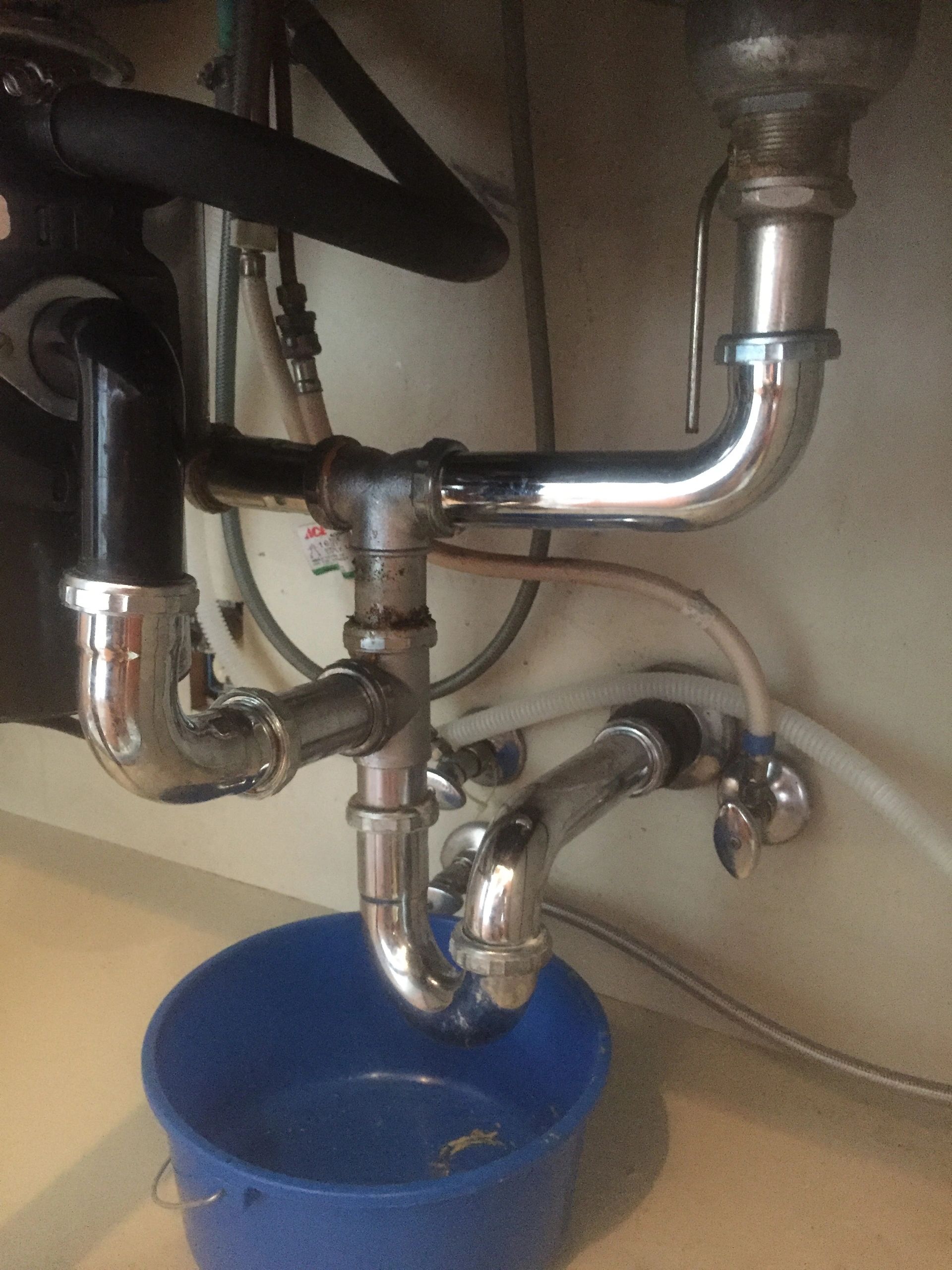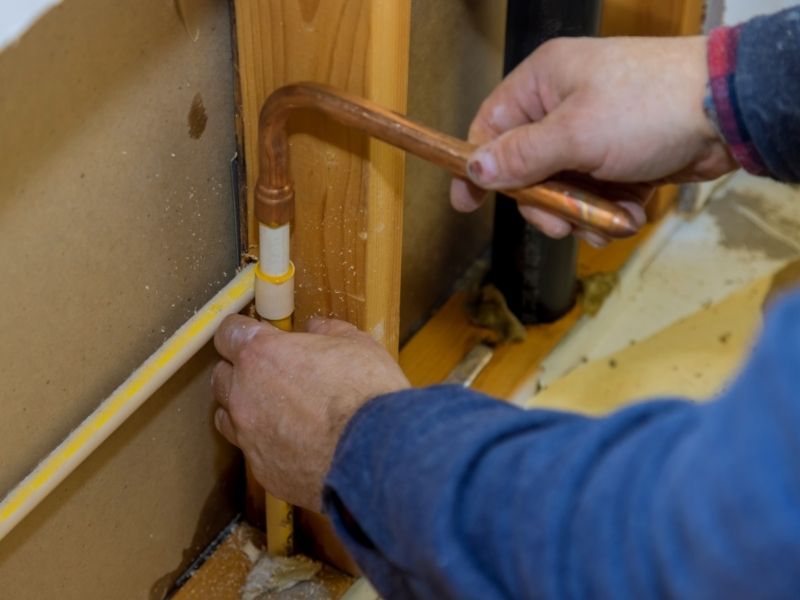The content listed below about How can you handle tenant plumbing issues effectively is definitely insightful. Don't skip it.

Handling pipes issues in rental buildings efficiently is vital for maintaining renter contentment and preserving the building's value. Whether you're a property owner or a property manager, understanding how to deal with these typical troubles can save you time and money while making sure conformity with lawful responsibilities. Here's a step-by-step overview on just how to take care of plumbing issues in rental residential properties.
Record Everything
Keep comprehensive records of all reported pipes problems and the actions taken to fix them. Paperwork must consist of days, summaries of the trouble, interaction with lessees, and invoices from contractors or plumbings. This information can be important for insurance coverage cases, tax deductions, and legal security.
Usage Qualified Professionals
Constantly make use of qualified and insured specialists for substantial pipes repair services and installments. This makes sure that the job is up to code and can assist avoid liability issues in case of accidents or further damages. It additionally guarantees occupants that repair services are being managed properly.
Develop Clear Communication
Encourage tenants to report any pipes problems as soon as they occur. Provide numerous communication channels such as phone, e-mail, or a renter portal to make it very easy for them to connect. Trigger reactions to these reports can protect against small issues from escalating into significant troubles.
Inform Tenants
Enlighten your occupants regarding what constitutes a pipes emergency and what does not. Provide standards on exactly how to handle small problems themselves, such as using a bettor to unclog a bathroom. Likewise, inform them about what they should stay clear of putting down drains pipes to stop obstructions, such as oil, coffee grounds, and non-biodegradable items.
Normal Upkeep
Carry out a routine maintenance timetable for all pipes systems in your leasing homes. Routine checks can aid determine and resolve problems like leaks, sluggish drains, or rusty pipes prior to they become severe. Consider employing a specialist plumbing technician to inspect the residential properties annually or semi-annually.
Quick Action to Emergency Situations
Have a plan in position for responding to plumbing emergency situations. This should include having the call information of trustworthy plumbing solutions that supply 24/7 emergency repair services. Quick activity is necessary to lessen damages in situations like burst pipelines or extreme leaks.
Preventive Upgrades
Think about updating older pipes systems and fixtures to much more contemporary, reliable models. This can decrease the regularity and extent of pipes problems and reduced lasting upkeep costs. It's also a selling factor for possible lessees who value upgrades and modern functions.
Occupant Move-Out Inspections
Conduct detailed pipes checks throughout move-out inspections to guarantee that any type of problems are determined and resolved prior to a brand-new tenant moves in. This avoids conflicts with new renters over pre-existing conditions and makes sure the building remains in leading problem.
Understand Lawful Obligations
Understand your lawful obligations relating to pipes and general residential or commercial property upkeep. A lot of jurisdictions call for proprietors to ensure their properties are habitable which all plumbing systems are in good working order. Failing to deal with serious problems promptly can cause legal actions from occupants.
Tenant Compensations
If a pipes problem requires immediate focus and the occupant fixes the problem on their own, have a clear policy in position for repaying costs. Ensure lessees understand they ought to obtain previous approval for higher-cost repairs unless it's an outright emergency situation.
Conclusion
Handling pipes problems in rental properties calls for a positive approach and excellent communication with renters. By remaining on top of upkeep, responding immediately to emergencies, and making use of certified professionals, proprietors can keep their properties in exceptional condition and keep good partnerships with renters.
How to Handle Water Damage in a Rental Property
What is Water Damage?
Water damage is harm or destruction caused by water entering areas where it is not supposed to be. It can be caused by a variety of sources and can manifest in different ways. The most common examples of water damage include:
Leaking roof Plumbing leaks Appliance malfunctions Poor drainage Flooding Sewage backup Condensation Tenant negligence HVAC system issues Frozen pipes Is water damage dangerous?
Water damage itself is not inherently dangerous, but it can lead to various hazards and health risks if not promptly and properly addressed. The severity of these risks depends on the extent of the water damage, the source of the water, and how quickly it is mitigated.
Some potential dangers associated with water damage include structural damage, mold and bacterial growth, electrical hazards, water contamination, and pest infestations. In situations where mold and mildew have gone unaddressed, mold can start to develop within 24-48 hours of water exposure, and this can impose a serious health risk to tenants. In particular, mold spores and damp conditions can lead to respiratory issues and even make existing health problems worse, such as allergies, asthma, or immune disorders.
Water Damage in an Apartment - Who is Responsible?
If the water damage is caused by the tenant’s negligence, the tenant is responsible for the cost of repairs. If the water damage is caused by a defect in the property, the landlord is responsible for the cost of repairs. If the water damage is a result of natural causes, such as excessive rain, then the landlord is responsible, since the water intrusion likely occurred due to a defect in the property. Landlord Responsibility water damage in rental property
Since maintaining habitability is the landlord’s legal responsibility, landlords are responsible for any resulting structural damage caused by water damage. These structural damages may include damage to walls, roofs, ceilings, and flooring. If water damage has affected the rental property’s original structure, the landlord is responsible for repairing or replacing those materials. Therefore, landlords should have property insurance that covers the structural components of their rental property so that they can receive help with the costs of covered events.
Preventative measures can also help landlords avoid massive renovations. Preventative maintenance may include conducting regular inspections to identify and address potential water damage before it becomes a major and urgent problem.
If a landlord fails to meet their responsibilities regarding water damage, it can lead to legal disputes and potential liability. Tenants who believe their landlord is not addressing water damage issues in accordance with California law can seek legal advice or contact local housing authorities for assistance.
https://www.goodlifemgmt.com/blog/water-damage-in-a-rental-property/

Do you appreciate reading up on Plumbing Maintenance and Repair in your Rental Property? Make feedback down below. We will be glad to listen to your feelings about this content. In hopes to see you back again in the near future. Enjoyed our article? Please share it. Help another person check it out. I thank you for reading our article about How to Handle Plumbing Issues in Your Rental Property.